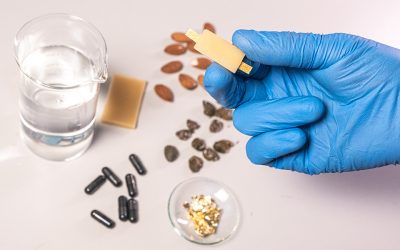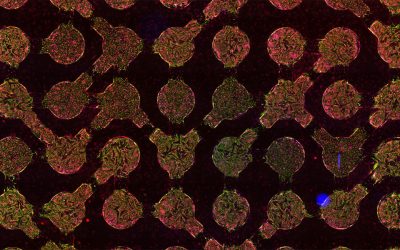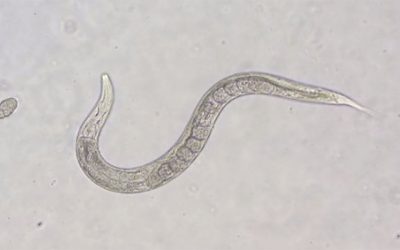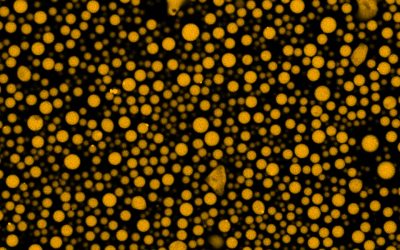The excellent mechanical properties of mollusk shells – especially the nacre layer – have long been recognized and admired by material scientists, inspiring a number of biomimetic endeavours. However, in nature, there is a species of fish called Mylopharyngodon piceus, or black carp, which mainly feeds on shelled mollusks. Does such unique diet imply that the teeth of black carp are superior to the mollusk shells in mechanical properties?
To answer this question, a research group led by Dr. Haimin Yao from the Hong Kong Polytechnic University has characterized the mechanical properties of black carp teeth and found that the outermost Enameloid layer possesses similar mechanical properties as those of pond snail shells.
Further mechanics-based analysis by the group showed that for given black carp teeth whether a mollusk shell is crushable or not depends on its size and wall thickness.Most real freshwater mollusk shells were found in the crushable regime of the predation map of black carp as predicted by their theory. This finding not only shed light on the mechanism of black carp teeth crushing shells but may serve as a significant guideline to the design of new protective or invasive structural materials.
















